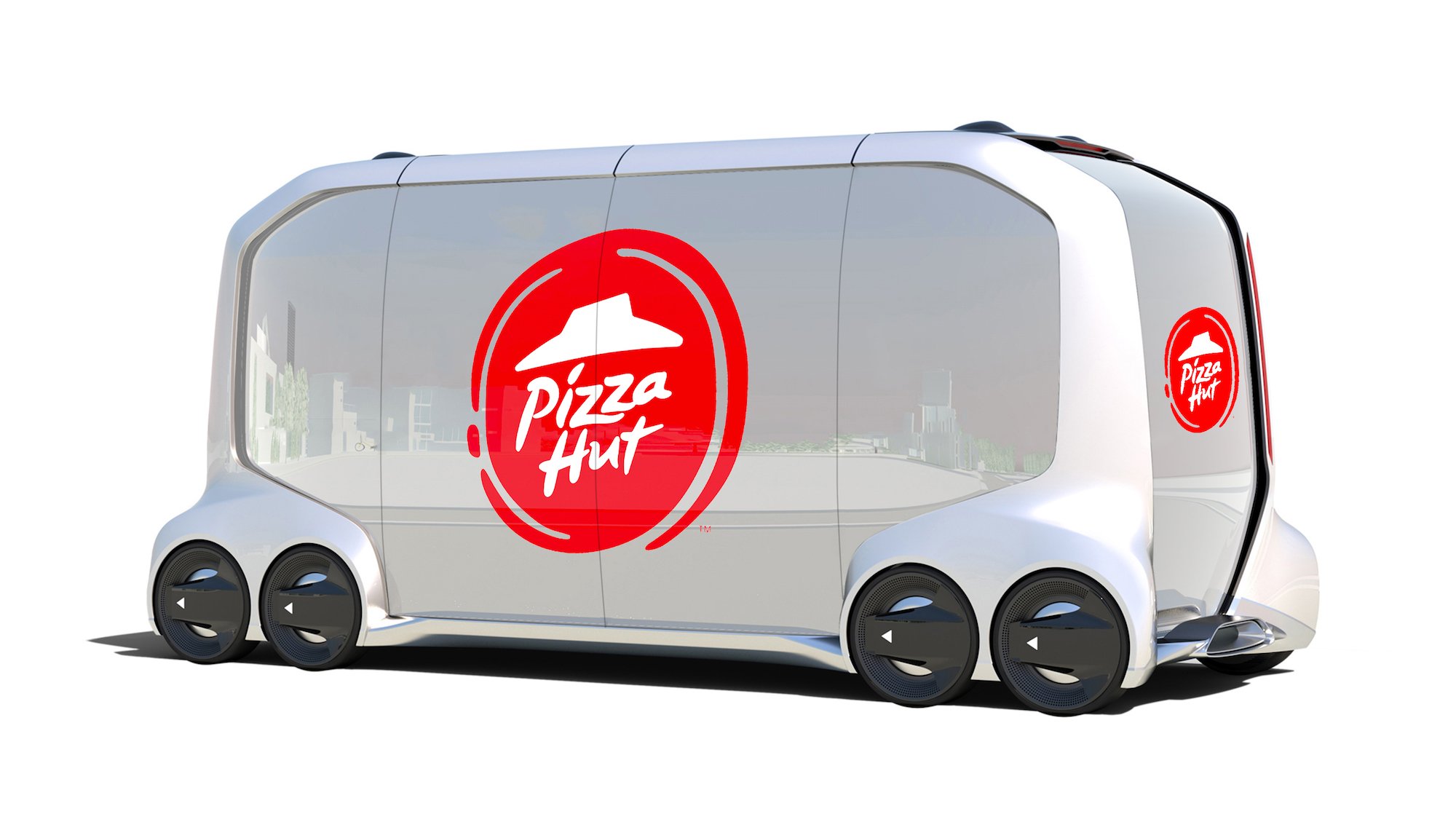The Future of Delivery May Be Driverless But It Is Certainly a Long Way Off

Skift Take
The pizza delivery vehicle of the future is coming, apparently, if you ask Pizza Hut. The chain announced it's teaming up with Toyota on a self-driving vehicle that could, conceivably, make your pizza as it delivers it to you; a sort of roving, pizza-making, delivery robot.
If this sounds like the stuff of the future, that's because it is, as tests of the autonomous ovens (!) won't begin until 2020 at the earliest.
Driverless delivery has been a hot topic for a few years (Amazon drones, where are you?), and as car companies from Audi to Chevy test autonomous technology, monetizing this potential tech for commercial purposes is hardly a surprise. Delivery service Postmates unveiled its own plans to harness the power of people-free driving, partnering with Ford to test driverless vehicles for on-demand delivery.
According to Bloomberg, "The experiment, which will use human drivers for now, will help Ford better understand how an autonomous delivery system could work, especially since customers will have to walk out and fetch their orders themselves."
Is the future of delivery driverless? Probably, but don't expect the future to pull up to your curb any time soon.




